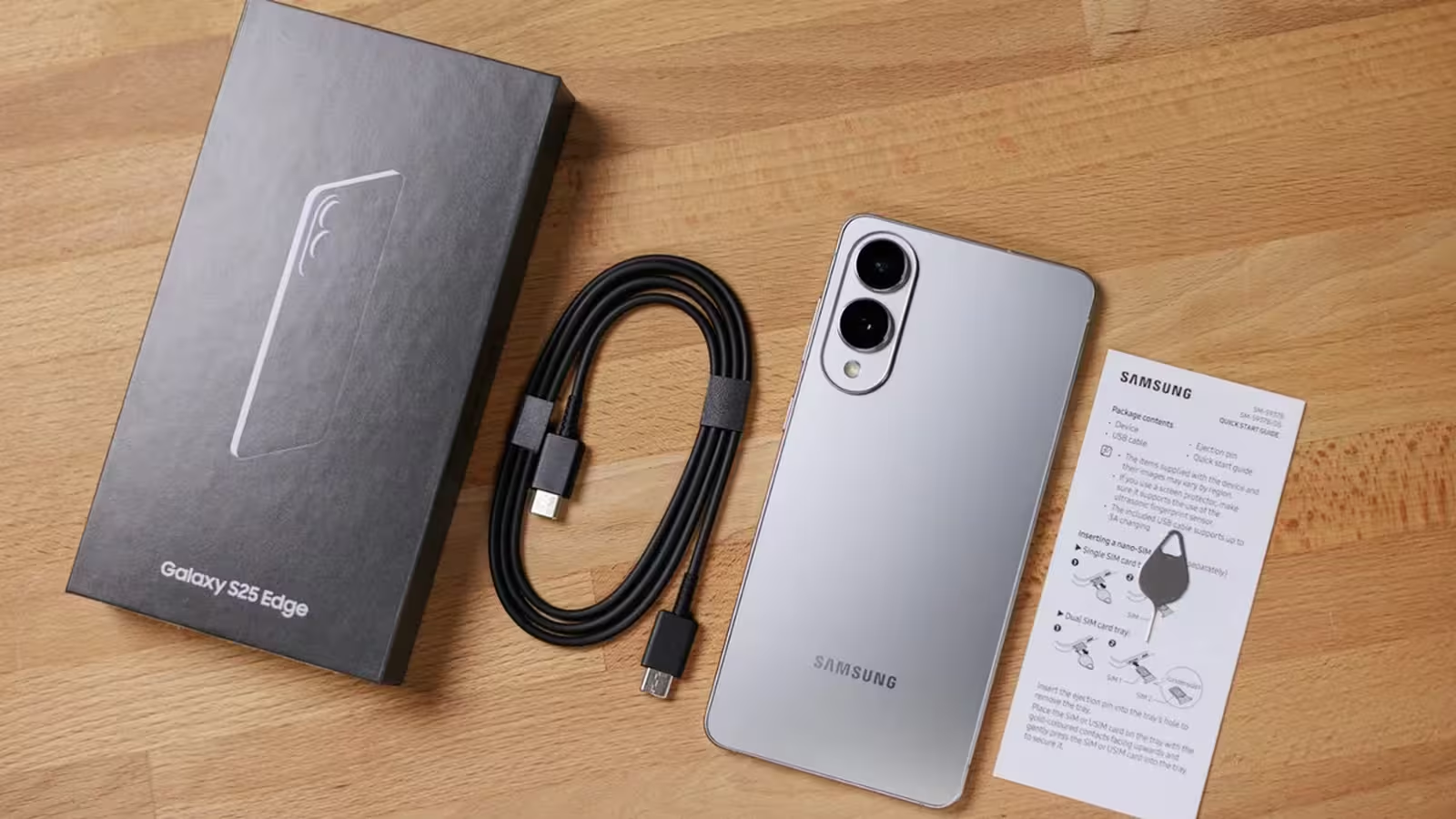4 Minutes
Battery capacity confirmed: what Samsung will advertise
Samsung's upcoming Galaxy S26 Edge, reportedly replacing the current Plus model in the lineup, has appeared in registration documents revealing its official battery figures. The handset will be marketed with a 4,300 mAh battery, while the rated capacity listed is 4,175 mAh. In practice this means Samsung will advertise the rounded 4,300 mAh value, but actual cell capacity may sit slightly lower — never dropping below the 4,175 mAh threshold.
Key specifications and platform choices
Alongside the battery reveal, registration confirms the S26 Edge will use Qualcomm's Snapdragon 8 Elite Gen 2 as its primary SoC. Rumored plans for an Exynos 2600 variant appear delayed, likely because of yield and production issues. That combination of a high-end Snapdragon processor and an almost 4,300 mAh battery reinforces Samsung's push for performance and endurance in a slim form factor.
Slim design despite a bigger battery
One striking detail: the S26 Edge will be slightly slimmer than the S25 Edge by roughly 0.3 mm, despite the larger battery capacity. Industry leaks suggest this might be near the practical limit for Li-ion battery integration in ultra-thin smartphones, making the S26 Edge one of the slimmest phones that can still host a near-4,300 mAh cell.
How it compares: S26 Edge vs S25 Edge and iPhone 17 Air
Compared with the Galaxy S25 Edge, which uses a 3,900 mAh battery, the S26 Edge represents a substantive 400 mAh increase on paper. That should translate to noticeable real-world gains, especially combined with efficiency improvements in the Snapdragon 8 Elite Gen 2. From a purely specification-driven perspective, the S26 Edge considerably outpaces Apple’s iPhone 17 Air if rumors hold: multiple sources claim the Air will have a 2,900 mAh battery, relying on iOS 26 AI-based power management to maintain all-day battery life. For users prioritizing raw battery capacity and sustained performance, Samsung's numerical advantage could matter.
Advantages, use cases, and who should upgrade
Advantages: the S26 Edge packs a class-leading chipset, enhanced battery capacity, and an impressively thin chassis. For mobile gamers, power users, and content creators who need longer screen-on time and consistent performance, this model looks compelling. Professionals who balance heavy multitasking with frequent travel will benefit from the combined CPU/GPU performance and the larger battery reserve.
Is it worth upgrading?
If you own the S25 Edge, the upgrade is optional rather than essential. The S25 Edge already delivers better-than-expected battery life for many users, but the 400 mAh uplift, newer Snapdragon silicon, and incremental design refinements make the S26 Edge a meaningful step up. For those on older devices or users who prioritize battery life plus flagship performance in a slim form, the S26 Edge could be a worthwhile purchase at its expected premium price.
Market relevance and final thoughts
With OEMs pushing the boundaries of Li-ion integration, the S26 Edge is a snapshot of current engineering trade-offs: balancing thinness, battery capacity, and thermals. If Samsung can ship the Snapdragon-equipped model globally and resolve Exynos production challenges, the S26 Edge could set a standard for slim flagship phones that don’t force users to compromise on battery life. At an expected price in the flagship tier, the device will appeal to tech enthusiasts who demand performance without sacrificing endurance.
Source: phonearena


Leave a Comment